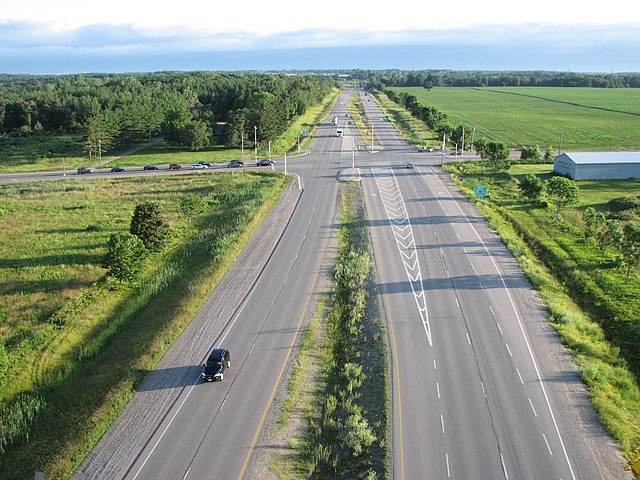Roads are the arteries of civilization, connecting communities, facilitating commerce, and enabling the exchange of ideas. Since ancient times, humans have sought efficient ways to traverse the landscape, leading to the evolution of road construction techniques. From primitive paths to modern highways, the journey of road construction reflects humanity’s ingenuity and determination to overcome geographical barriers. This article delves into the fascinating history and advancements in road construction techniques, highlighting the innovations that have shaped the way we travel today.
Ancient Beginnings: From Footpaths to Paved Roads
The history of road construction dates back to ancient civilizations, where the earliest roads were simple footpaths created by repeated use or cleared through forests. These paths served primarily for pedestrian and animal traffic and were often unpaved, relying on compacted earth or gravel for stability.
One of the earliest known road construction projects was undertaken by the Mesopotamians around 4000 BCE. They built the famous “Royal Road,” stretching from the Persian Gulf to the Aegean Sea, a testament to their advanced engineering skills. Similarly, the Romans are renowned for their extensive road network, which spanned over 250,000 miles across their empire. These roads, constructed using a combination of gravel, sand, and large stones, facilitated rapid military movement and trade, laying the groundwork for future road-building techniques.
Innovations in Medieval Europe: From Corduroy Roads to Cobblestones
During the Middle Ages, road construction in Europe saw significant advancements, albeit on a smaller scale compared to ancient civilizations. In regions where the Roman road network had decayed, medieval communities relied on rudimentary techniques to maintain and improve existing roads.
One notable innovation during this period was the construction of corduroy roads, consisting of logs laid perpendicular to the direction of travel. While crude by modern standards, these roads provided a more stable surface than muddy terrain, especially in swampy areas. Additionally, the widespread use of cobblestones emerged as a durable paving method, offering improved traction and durability over dirt or gravel surfaces.
The Industrial Revolution: Paving the Way for Modern Roads
The advent of the Industrial Revolution in the 18th century revolutionized road construction techniques, ushering in an era of unprecedented progress and innovation. With the rise of mechanization and the development of new materials, roads became wider, smoother, and more resilient to heavy traffic.
One of the most significant advancements during this period was the introduction of macadam roads, pioneered by Scottish engineer John Loudon McAdam. These roads featured multiple layers of crushed stone of varying sizes, compacted and bound together with a mixture of gravel and clay. McAdam’s design provided a smooth, hard surface that drained well, greatly improving the quality and durability of roads.

20th Century Innovations: Asphalt and Concrete Revolutionize Road Construction
The 20th century witnessed further leaps in road construction technology, with the widespread adoption of asphalt and concrete paving techniques. Asphalt, a byproduct of refining crude oil, emerged as a popular choice for surfacing roads due to its flexibility, durability, and cost-effectiveness. Concrete, on the other hand, offered unmatched strength and longevity, making it ideal for high-traffic areas and highways.
The construction of the Interstate Highway System in the United States during the 1950s and 1960s marked a pivotal moment in road infrastructure development. Spanning over 46,000 miles, this network of controlled-access highways revolutionized long-distance travel and freight transportation, setting a new standard for road construction worldwide.
Modern Innovations: Sustainable Solutions and Smart Infrastructure
In the 21st century, road construction has evolved to prioritize sustainability, efficiency, and innovation. Engineers and urban planners are increasingly turning to green technologies and recycled materials to reduce environmental impact and conserve resources.
One such innovation is the use of warm-mix asphalt, which requires lower temperatures during production, resulting in reduced energy consumption and greenhouse gas emissions. Additionally, advancements in intelligent transportation systems (ITS) are transforming roads into smart infrastructure, equipped with sensors and communication technology to improve safety, traffic flow, and overall efficiency.
Conclusion: Navigating the Road Ahead
The evolution of road construction techniques is a testament to human progress and innovation. From ancient footpaths to modern highways, each era has contributed to the development of safer, more efficient, and sustainable transportation infrastructure.
As we look to the future, challenges such as climate change, urbanization, and population growth will continue to shape the way we design, build, and maintain roads. However, with continued investment in research, technology, and sustainable practices, we can pave the way for a brighter, more connected future for generations to come. Feel free to visit Line Marking Pro to learn more about the evolution of road construction techniques.





